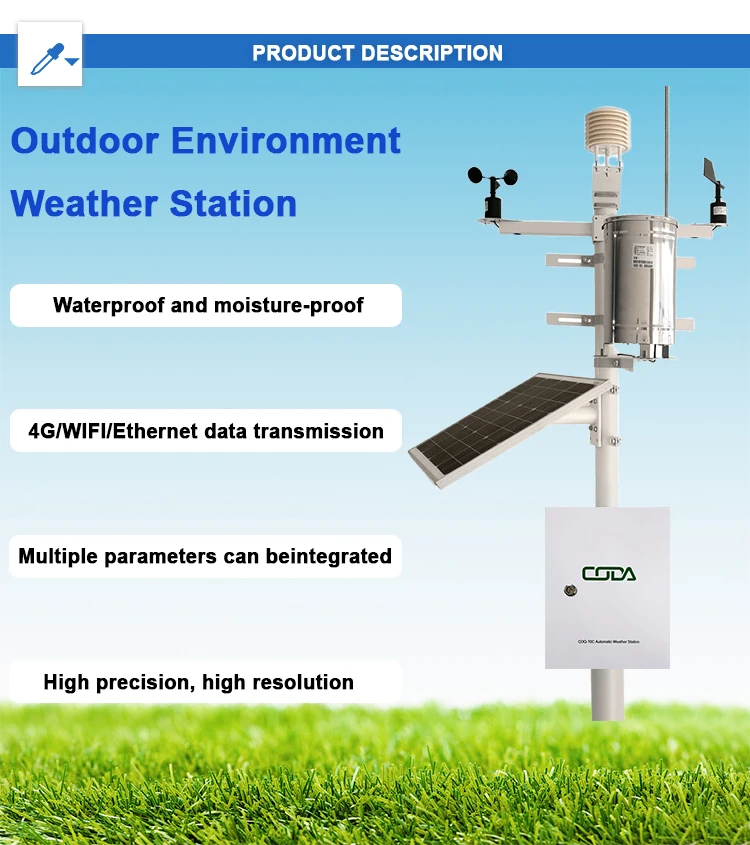Automatic Weather Station: Definition and Functionality

# Automatic Weather Station: Definition and Functionality
## What is an Automatic Weather Station?
An automatic weather station (AWS) is a sophisticated system designed to collect meteorological data without human intervention. These stations are equipped with various sensors that measure atmospheric conditions such as temperature, humidity, wind speed and direction, rainfall, barometric pressure, and solar radiation.
Unlike traditional weather stations that require manual readings, AWS units automatically record and transmit data at predetermined intervals, typically ranging from every minute to hourly. This automation makes them invaluable for continuous weather monitoring in remote or hard-to-access locations.
## Key Components of an Automatic Weather Station
A typical AWS consists of several essential components:
– Sensors: Specialized instruments that measure specific weather parameters
– Data logger: Electronic device that records measurements from sensors
– Power supply: Usually solar panels with battery backup
– Communication system: Transmits data to central servers (may use radio, cellular, or satellite)
– Mounting structure: Tower or mast to position sensors at proper heights
## How Automatic Weather Stations Work
The functionality of an AWS follows a systematic process:
– Sensors continuously monitor environmental conditions
– The data logger collects and stores measurements at set intervals
– Collected data is processed and formatted for transmission
– Information is sent to a central database via communication link
– Data becomes available for analysis, forecasting, and public dissemination
## Applications of Automatic Weather Stations
Automatic weather stations serve numerous important purposes:
– Weather forecasting and climate monitoring
– Agricultural planning and irrigation management
– Aviation and marine operations
– Disaster early warning systems
– Scientific research and environmental studies
– Renewable energy production optimization
## Advantages of Automatic Weather Stations
AWS technology offers significant benefits over manual observation:
– Continuous, real-time data collection
– Reduced human error in measurements
– Ability to operate in remote locations
– Standardized data collection methods
– Cost-effective long-term monitoring
– Immediate data availability for decision-making
## Future Developments in AWS Technology
As technology advances, automatic weather stations are becoming more sophisticated with:
– Improved sensor accuracy and reliability
– Enhanced energy efficiency and power management
– Integration with IoT (Internet of Things) networks
– Artificial intelligence for data analysis
– Miniaturization of components
– Expanded measurement capabilities
Automatic weather stations have revolutionized meteorological data collection, providing accurate, timely information that supports weather prediction, climate research, and numerous practical applications across various industries.
Keyword: what is automatic weather station

